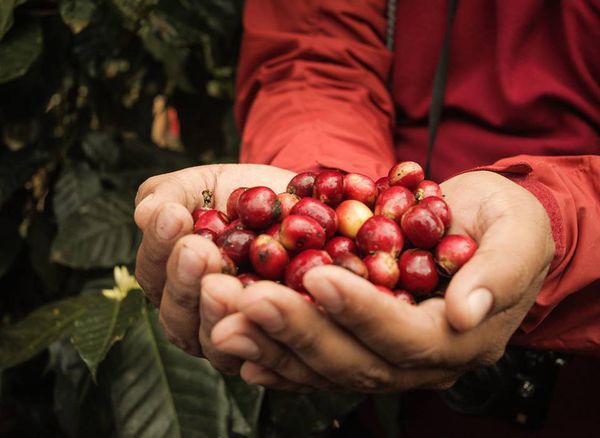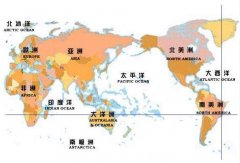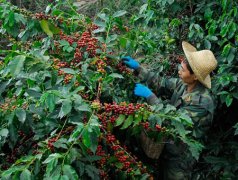Costa Rica where coffee beans are grown in Central and South America.
Costa Rican coffee cultivation was introduced by Cuba in 1779 and exported for the first time in 1820. There are about 32000 coffee farmers, with an average planting area of less than one hectare (10000 hectares) per farmer. Costa Rica has a population of 41 billion (2006), with a coffee planting area of 82500 hectares and an annual production of 1.7 million bags (60kgs per bag). The annual domestic consumption is 380000 bags, with an average annual national consumption of 5.5kgs, which is higher than that of Japan (consumption 4kgs). At present, Taiwanese are only slightly higher than 1kg.
Costa Rica is the country where coffee was first introduced into Central America. It has a long history and has a complete coffee organization from production to marketing system. Because it is located in the Central American Gorge, there are many volcanoes, it has the natural advantages of sunshine and land, and the climate is reconciled by Pacific and Atlantic currents and sea breezes at the same time, the coffee produced has the characteristics of local micro-climate and soil conditions, in terms of quality and quantity, Costa Rican coffee has always been recognized by the world, and has been rated as one of the world-class high-quality coffee. Costa Rican coffee has been cultivated for two hundred years. It was first planted on the slopes of the Poas and Barva volcanoes, today known as the Central Valley (Central Valley). The seven main coffee producing areas are distributed from northwest to southeast, along with the inland central plateau.
Costa Rican volcanic terrain with fertile volcanic ash, mild and suitable temperature, and stable and abundant rainfall is one of the reasons why coffee has become one of the main agricultural products in Costa Rica. The seven major producing areas are: Tarrzu, Tres Rios, Orosi, Central Valley, West Valley, Turrialba and Brunca.

Important Notice :
前街咖啡 FrontStreet Coffee has moved to new addredd:
FrontStreet Coffee Address: 315,Donghua East Road,GuangZhou
Tel:020 38364473
- Prev

St. Roman processing Plant in Tarazu, Costa Rica, where does Costa Rica's best coffee come from?
The best coffee in Costa Rica seems to come from small processing plants, spread across several major coffee producing areas, including Tarazu and the western valley. This so-called coffee revolution originated 15 years ago and has greatly changed the way bean baking experts and importers think about Costa Rican coffee. Take the processing plant as the center, collect coffee beans from the surrounding small farms for processing, most of these farms are small societies
- Next

Aceh, Sumatra, Ache Province, Gayo Mountains
Indonesian coffee is diverse in quality, most of which are named after island sources and markets such as Sumatra, Sulawesi, Jawa or Timur. The advantage of Indonesian coffee is that most coffees are characterized by strong, restrained flavors and lively moderate acidity. Indonesian Mandheling coffee is highly rated by Chinese
Related
- Does Rose Summer choose Blue, Green or Red? Detailed explanation of Rose Summer Coffee plots and Classification in Panamanian Jade Manor
- What is the difference between the origin, producing area, processing plant, cooperative and manor of coffee beans?
- How fine does the espresso powder fit? how to grind the espresso?
- Sca coffee roasting degree color card coffee roasting degree 8 roasting color values what do you mean?
- The practice of lattes: how to make lattes at home
- Introduction to Indonesian Fine Coffee beans-- Java Coffee producing area of Indonesian Arabica Coffee
- How much will the flavor of light and medium roasted rose summer be expressed? What baking level is rose summer suitable for?
- Introduction to the characteristics of washing, sun-drying or wet-planing coffee commonly used in Mantenin, Indonesia
- Price characteristics of Arabica Coffee Bean Starbucks introduction to Manning Coffee Bean Taste producing area Variety Manor
- What is the authentic Yega flavor? What are the flavor characteristics of the really excellent Yejasuffi coffee beans?

